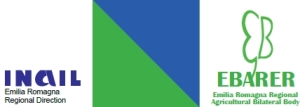Card 01.05 Personal Protective Equipment (P.P.E.)
THE RISKS:
- Higher accident risk to exposed body parts caused by dangerous situations underestimation
- Higher probability of occupational disease onsets caused by lack of consciousness about long-term exposure consequences
- Reduction in the effectiveness of the protection systems for lack of maintenance
- Absence of internal dialogue among people and further creation of stress conditions (dangerous reactions)
- Lack of law knowledge
- Sanctions by Controlling Authorities
It is necessary to remind that:
Personal Protective Equipment (PPE) are the entire equipment whose function is to protect from health and safety risks the person who is
wearing them. It is necessary to remember that PPE reduce the consequences of an accident, that is, they do not neither completely avoid
injuries nor minimizing the possibilities of dangerous situations.
PRACTICAL AND OPERATING INDICATIONS:
It is necessary to check directly from the Farm Risks Evaluation if there is the need for PPE adoption in order to reduce the effects of situations which are still dangerous.
It is necessary to understand what characteristics PPE shall have: risks adequacy, conformity to general norms and their properties and producer certification. It should be careful with the choice, sometimes PPE may reduce some risks while increasing others.
The Employer must buy and provide workers with PPE.
The Employer must state precisely that PPE are farm property and they are only entrusted to workers. Labourers shall use PPE when and how recommended by the Employer, and they are responsible for them.
It is necessary to carry out necessary maintenance, repairs and replacement to keep efficient and hygienic PPE condition, following producer's directions.
It is necessary to inform, form and train (as for earmuffs and ear protectors) workers about the risks PPE protect them from, and specify when and how to use them.
It is necessary to remember workers that:
- PPE must be used when necessary and they shall take care of them;
- they can not modify or change PPE with out prior permission;
- they must report immediately PPE defects and/or possible difficulties faced during their use.
According to the tasks workers perform every day, in agriculture the most used PPE are:
- for head's protection: helmet (rarely, in case of high level pruning) and hat (when users carry out tasks under the sun for long hours);
- for eye's protection: safety goggles, safety visors(use of hedge trimmer, chainsaw, workshop machine tools etc) and appropriate mask (welding);
- for ear's protection: safety earmuff and earplug (when users work near noisy machines or equipment);
- for hand's protection: gloves with good mechanical resistance (for tasks involving specific risks such as pricks, cuts, abrasions and occasional contact with hot parts) and chemical resistant gloves (use and manipulation of plant protection product);
- for foot's protection: resistant footwear easy to take off, provided with steel toe and sole (prick or crushing risks caused by weight fall and interference with machines/equipment) and rubber boots (humid areas, sheds etc);
- for other body parts' protection: rubber apron, safety apron, overall with sleeves, anti-entanglement bibs and braces (works in humid areas, on machines etc); chemical resistance overall (plant protection product distribution) and cut resistant overall (chain-saw use);
- restraint systems: harness/safety belt (risk of falling from high, on machines which can overturn, within well, tank and the like);
- respirators: particulate respirator (hazardous inhalations of dust, mist and fumes gave off from plant protection product).
The information and the instruction for use must be comprehensible to workers. It goes without saying that before informing and forming immigrant workers, it is necessary to check if they understand what it is said (or written). Employer must try to find a hand book written in a language they understand or somebody who can adequately translate the information.
FURTHER INDICATIONS AND ADVICE
- PPE shall be used only after having tried to avoid or minimize risks with others technical prevention measures, collective protection means and organizational or managerial measures. They are not an absolute and single solution.
- PPE are divided in three categories, according to the gravity and the type of risk they minimize. It is necessary to choose the most suitable for every task.
- Ordinary working clothes are not considered PPE, unless they are used to protect worker's safety and health.
- It is necessary to prepare forms registered in each user's name in which writing the essential data of PPE entrusted to workers, the date of the entrust, the farm stamp, the signature of both the employer and the labourer and all other extensive data in order to follow the situation through time.
- The Employer must preside over workers respect on farm dispositions which make compulsory the use of PPE.
- Users must remember that carrying out hazardous tasks without PPE may result in sanctions by controlling authorities, even for the user him/herself.
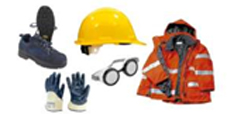

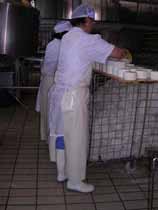



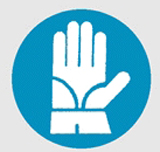
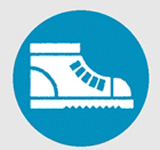
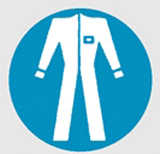
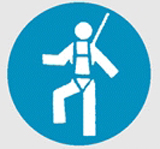


.

